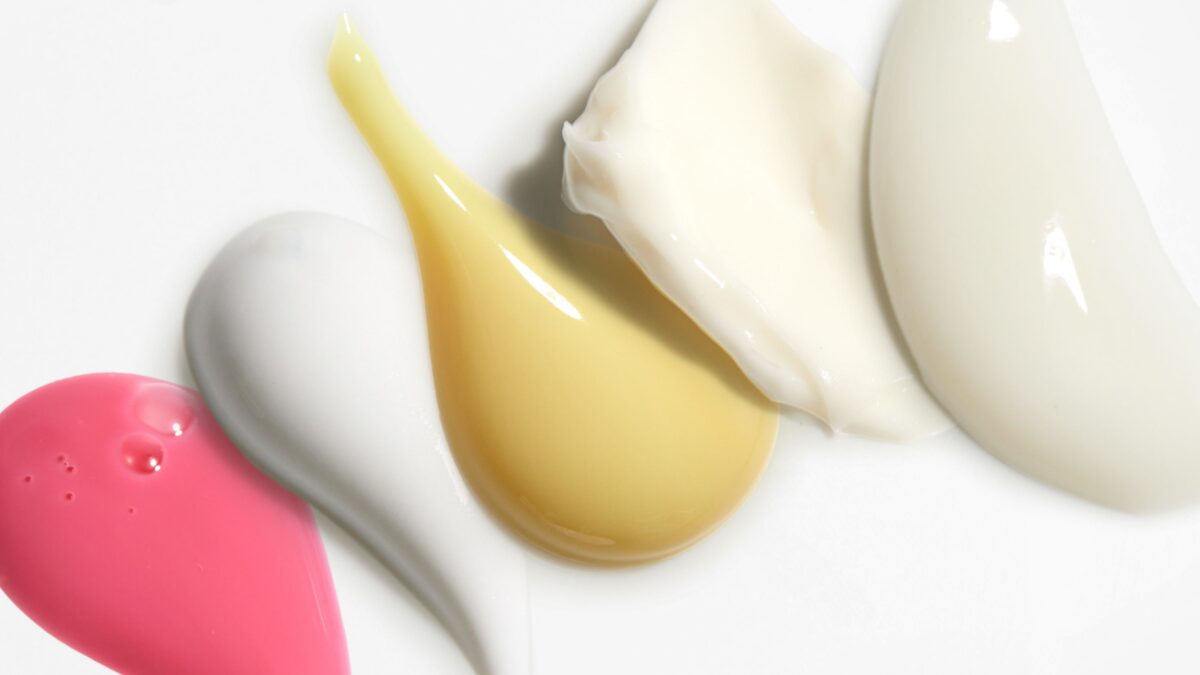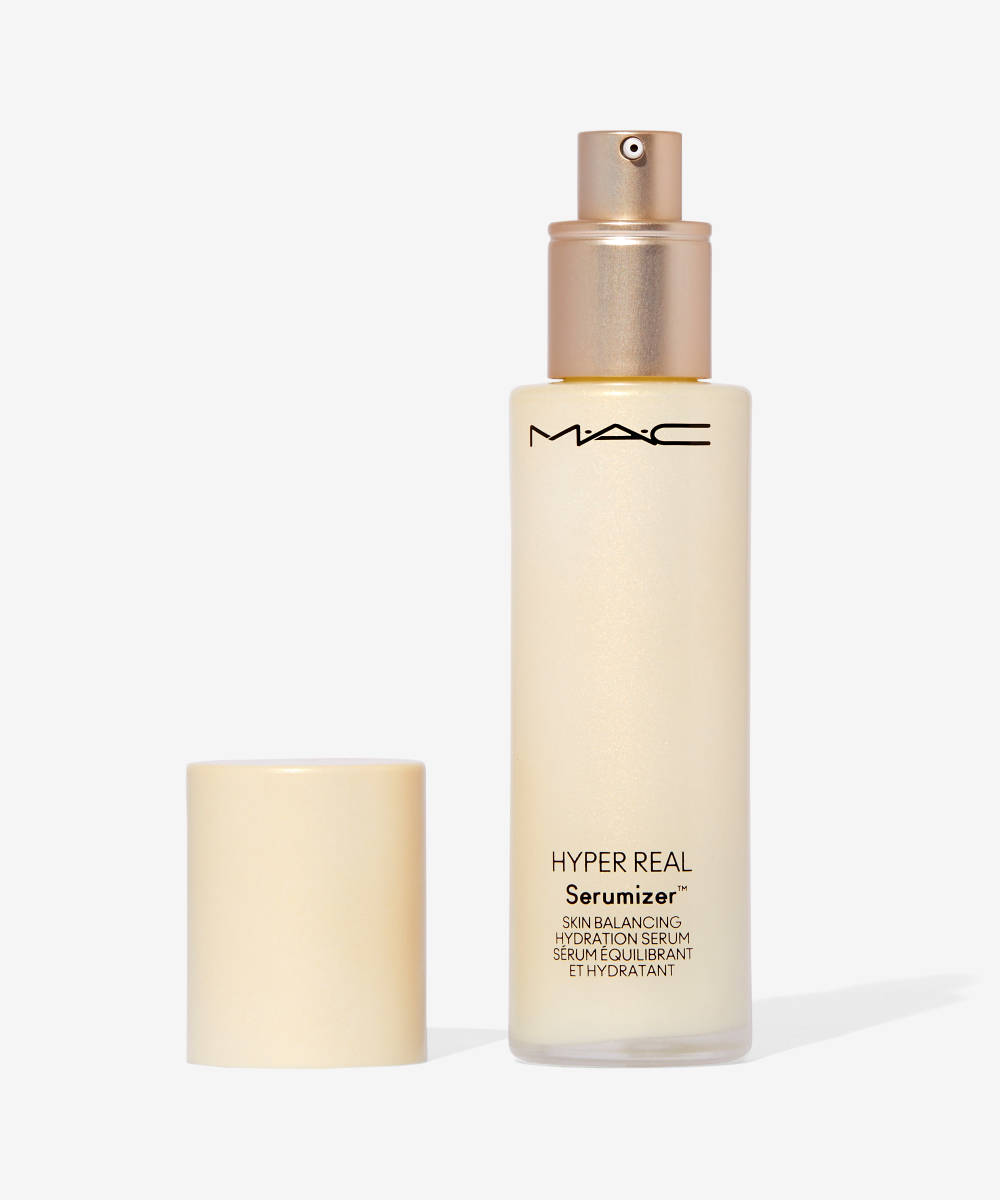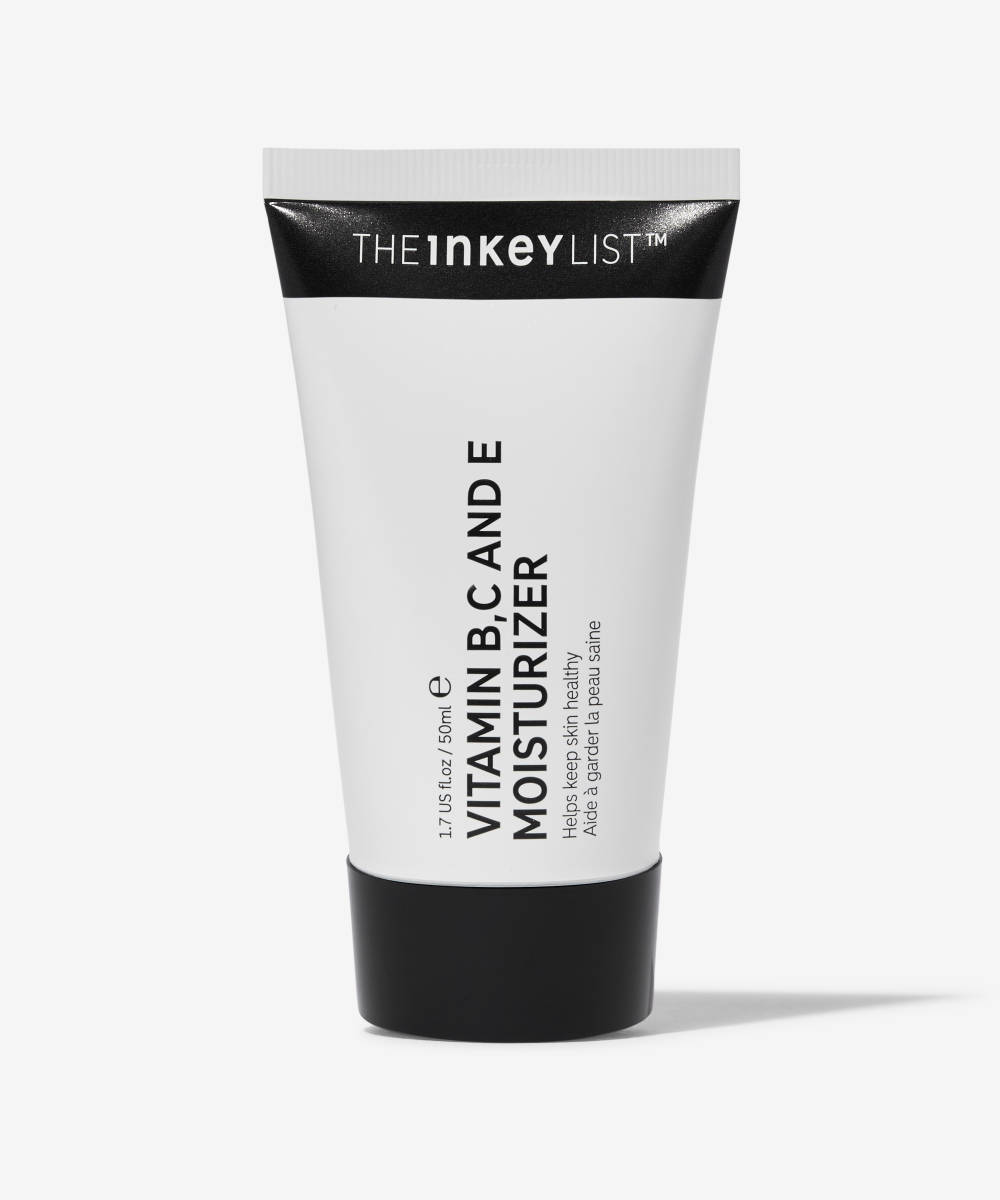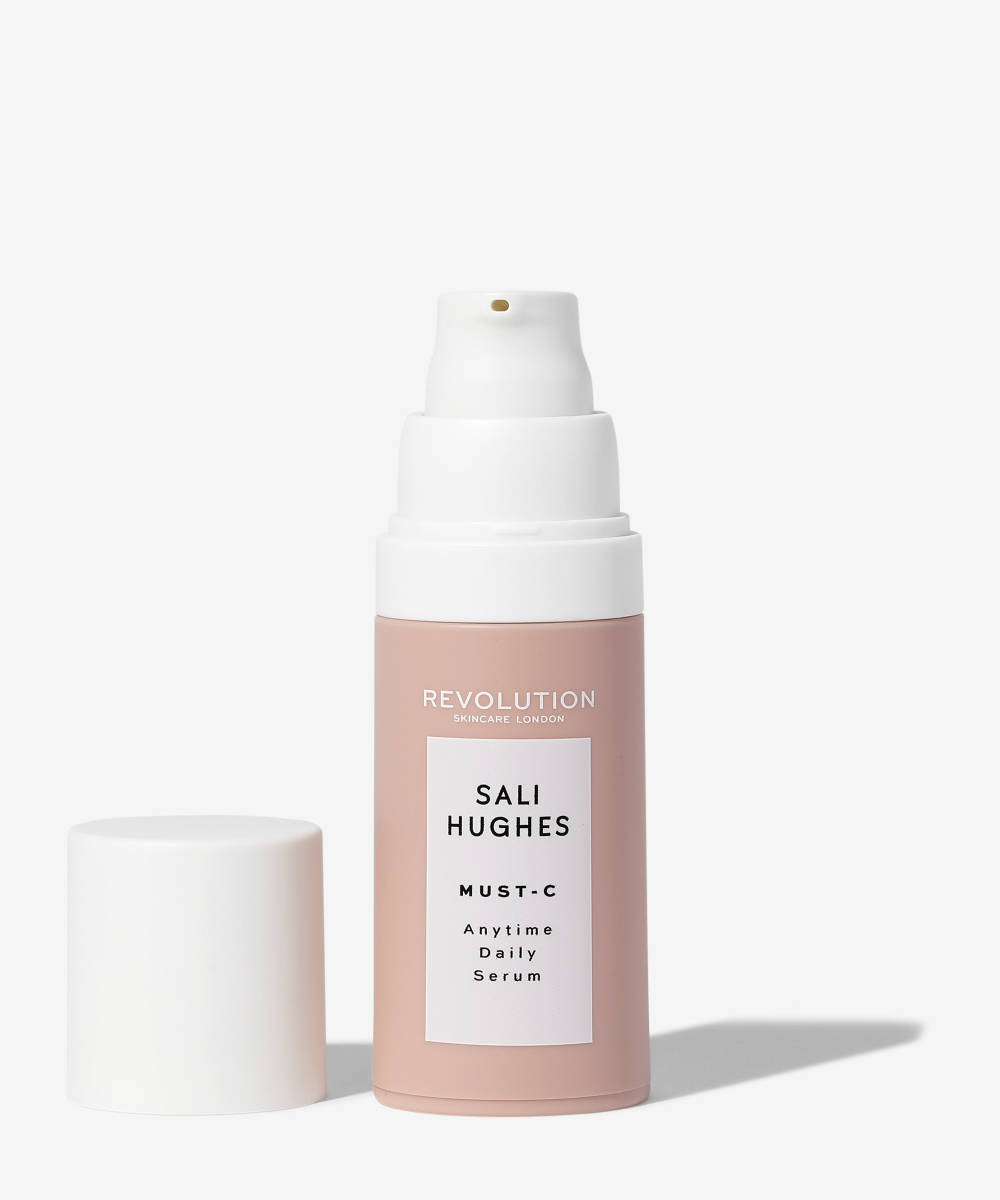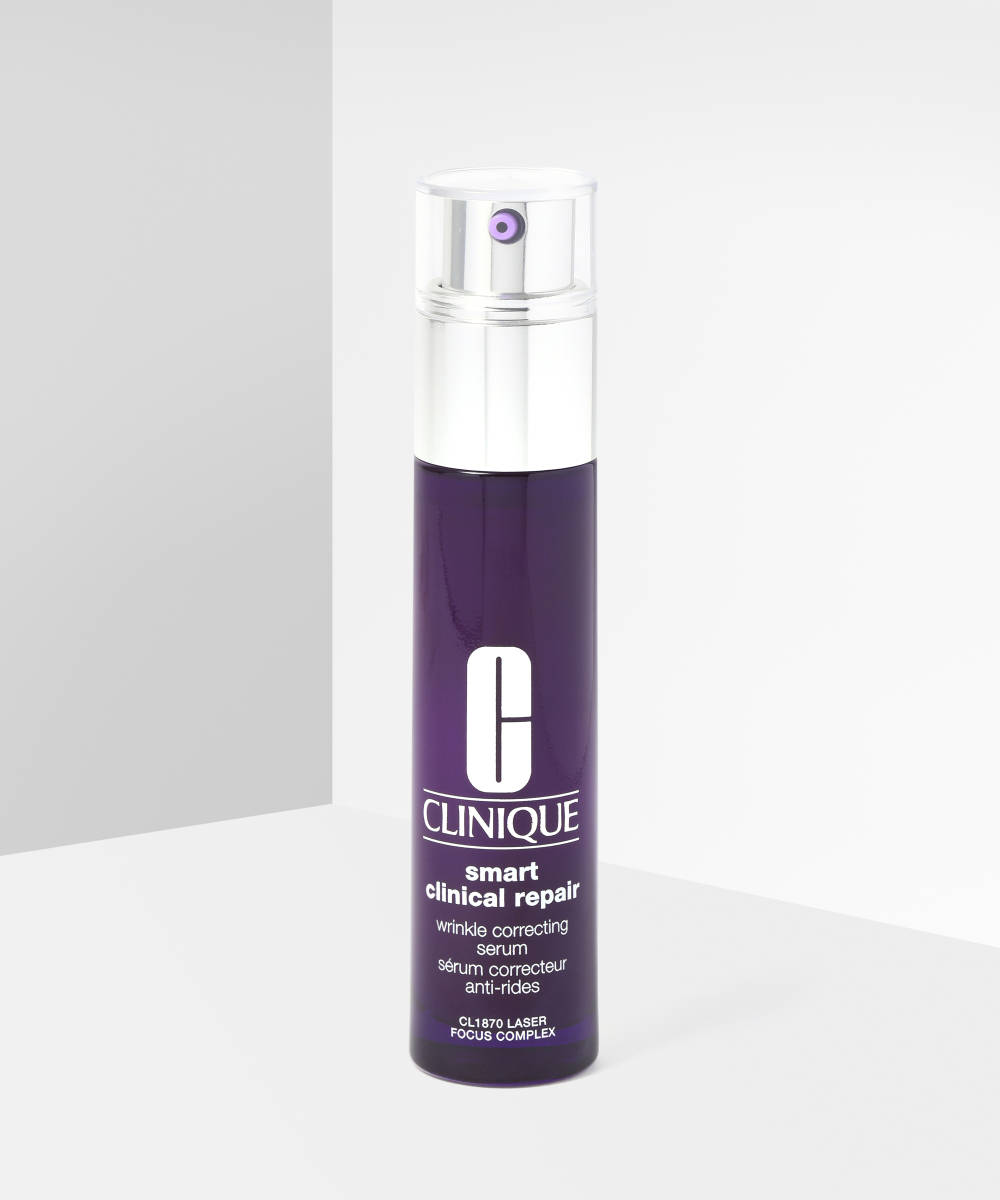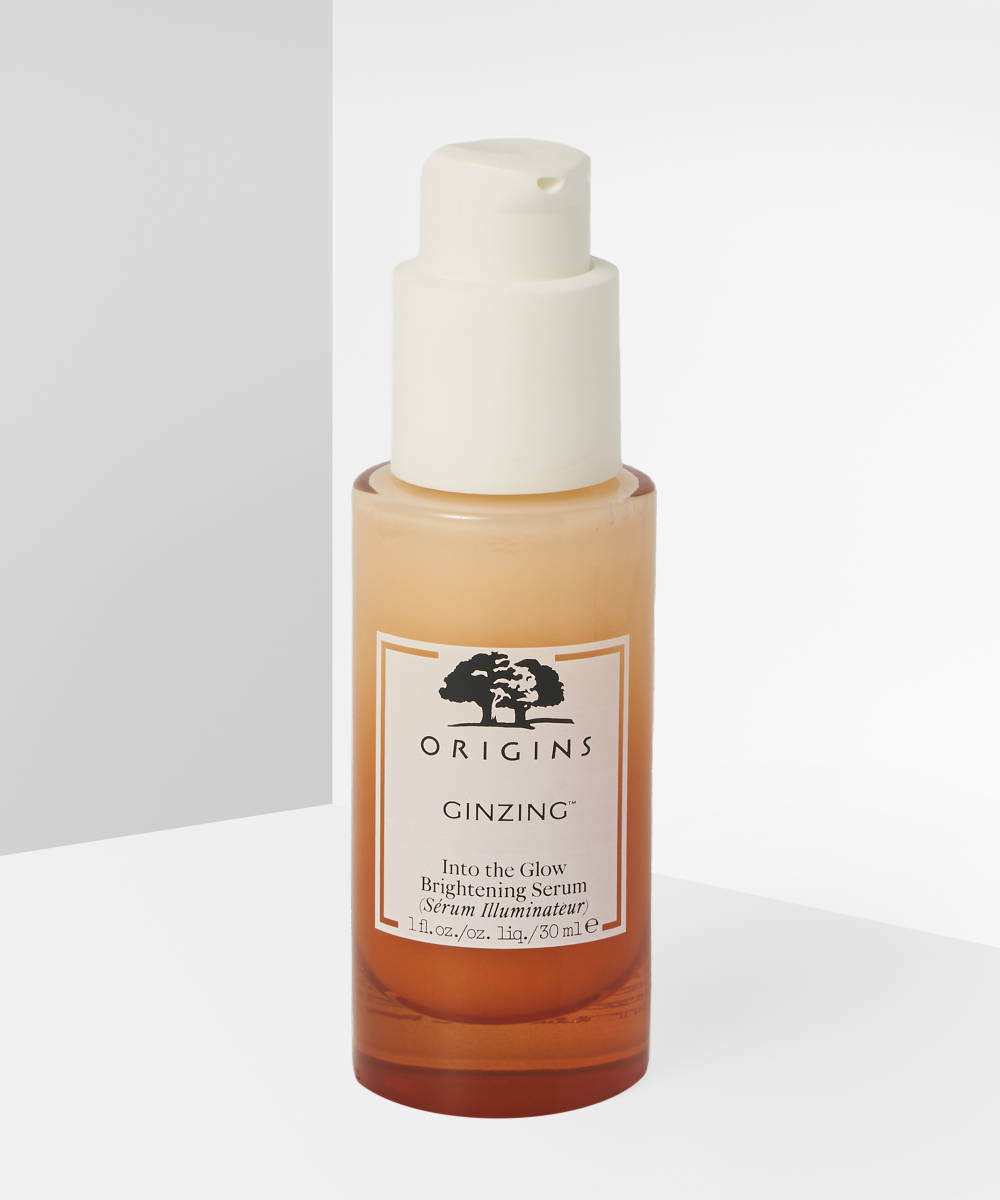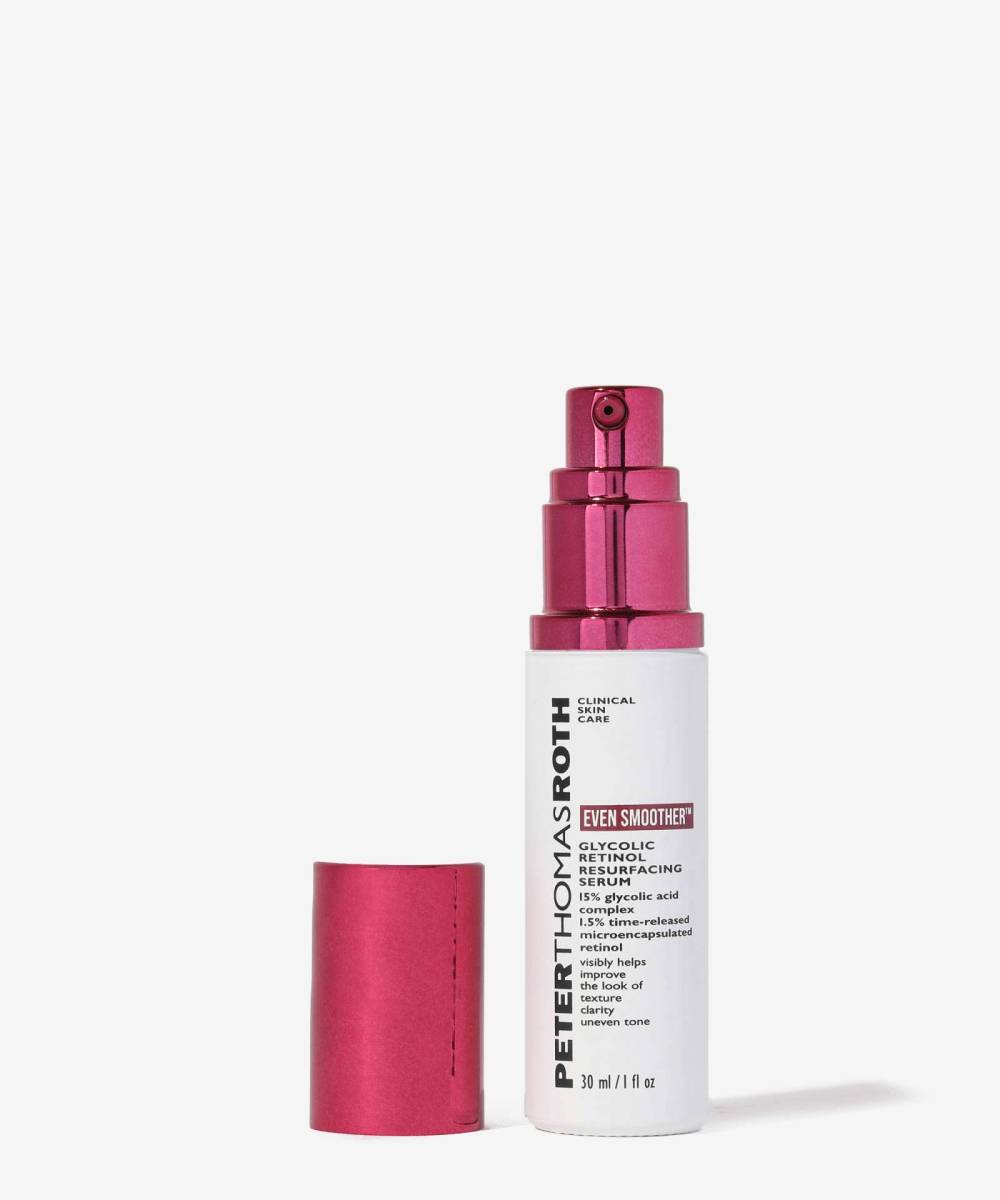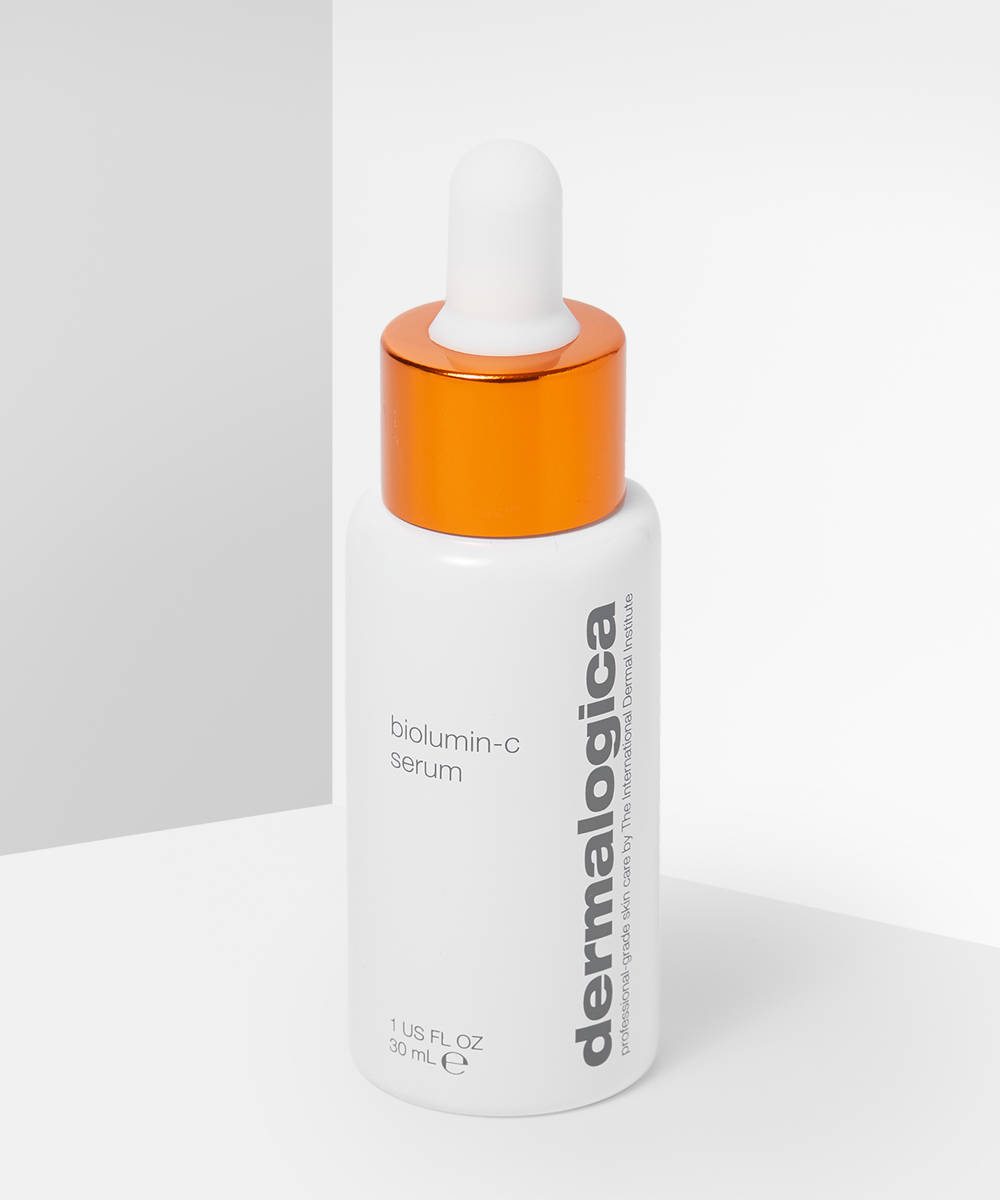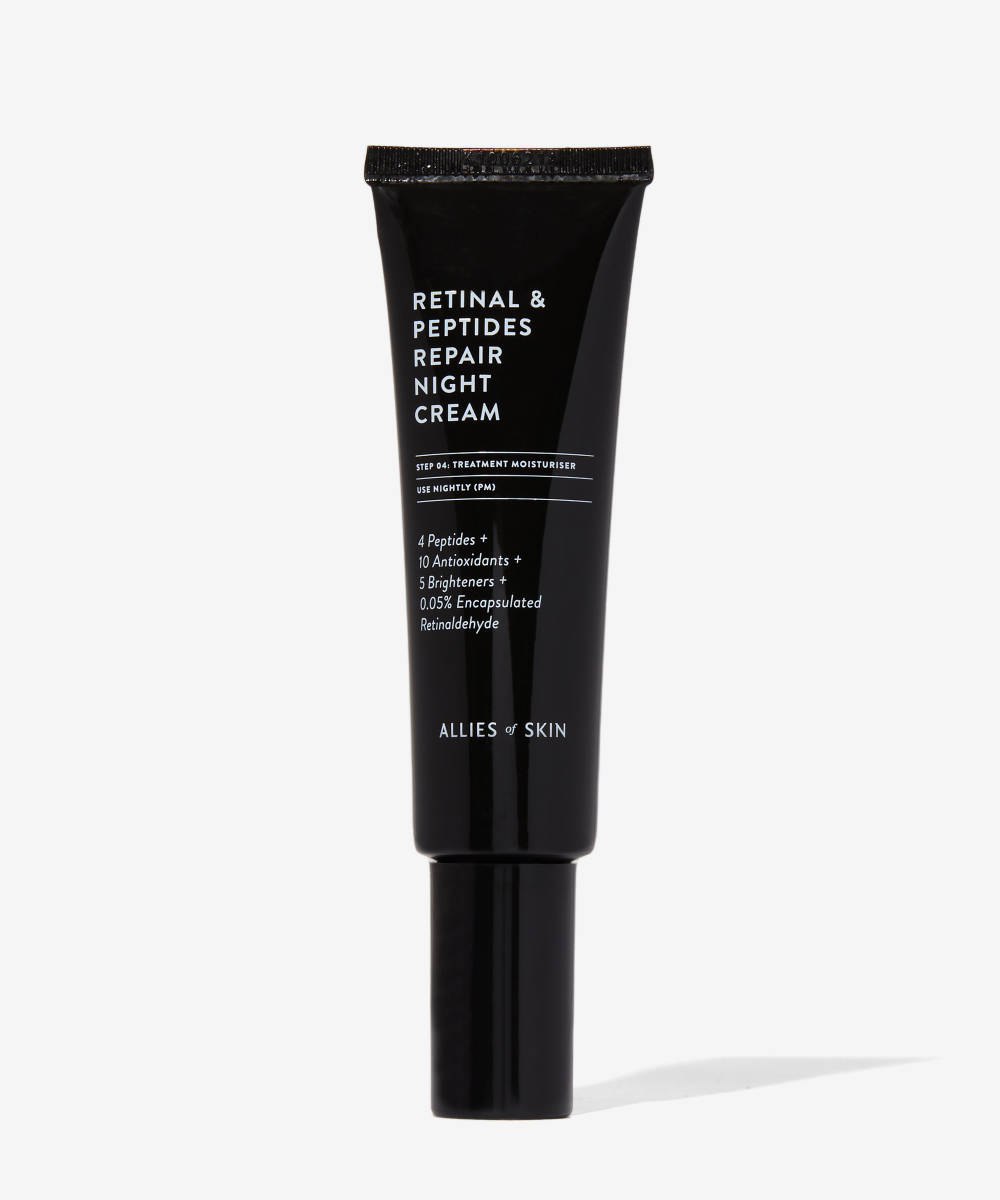If you’re as skincare-obsessed as we are, you probably spend your evenings applying at least three different products to your face before you’ve even moisturised. Cleanser to ensure pores are clear so ingredients can penetrate, toner to kick off hydration, and serums to pack the most potent ingredients into your skin.
Serums are the powerhouse products in our skincare routines, responsible for addressing specific skin concerns such as breakouts, dehydration, dullness, and hyper-pigmentation. While some multitasking serums can tackle multiple concerns in one go, others contain just one or a few ingredients to address one specific concern, which means you may want to layer a couple together—for example a hyaluronic acid serum to help with hydration and a vitamin C serum to brighten dull skin.
While layering serums is a clever way of forcing ingredients into your skin and making each product work to its maximum potential, it’s important to remember that not all ingredients can be layered together. It’s also important to note that while you may even see some ingredients combined together within a multitasking formula, that doesn’t necessarily mean that they should be mixed in a DIY formula. Sometimes mixing too many active ingredients can lead to skin irritation, and it can also cancel out the effects of the products. So before you turn your bathroom into a laboratory, here are the need-to-know ingredients that don’t play well together…
Can I use vitamin C with AHAs/BHAs?
Vitamin C is effectively an acid (it’s sometimes known as ascorbic acid), so layering it with AHAs and BHAs like glycolic, salicylic, and lactic acids is a big no-no. It’s also really unstable, so any acids you layer it with will destabilise the pH balance and render it completely useless before it even has chance to work its magic.
Can I use retinol with AHAs/BHAs?
Retinol doesn’t exfoliate like AHAs and BHAs do, but it is a peeling agent, so it does stimulate cell turnover to get rid of old and damaged skin cells. Mixing it with acids can cause dryness and irritation and damage the skin’s moisture barrier, and together they’ll also increase skin’s sensitivity to the sun, meaning you’re at a much higher risk of burning and UV damage. Use these ingredients on alternate days or weeks if you’re after the benefits of both.
Can I use oil-based products with water-based products?
It’s basic high school-level science: oil and water don’t mix. In fact, oil actually repels water, so when it comes to your skincare, using an oil-based product will leave a film on your skin which prevents water-based formulas from absorbing. If you want to use both formulas in the same routine, apply your water-based products first, and oil-based products on top.
Can I use glycolic acid with salicylic acid?
Both ingredients work by removing dead skin cells from the upper layers of your skin, but more is not always better! Glycolic acid and salicylic acid are great ingredients used separately (or in pre-formulated blends) but mixing the two yourself could cause a major reaction and compromise your skin barrier. One word: ouch.
Can I use niacinamide with vitamin C?
Used separately, both ingredients are great for treating blemish-prone and scarred skin, and you’ll find they’re used together in some multi-ingredient serums. However, combining them DIY-style is potentially a recipe for disaster. Niacinamide can cancel out the good properties of vitamin C and turn it into a substance that causes redness and can trigger acne breakouts.
Can I use niacinamide with AHAs/BHAs?
Both niacinamide and AHAs/BHAs (like glycolic, lactic, and salicylic acids) can help to improve skin texture, pigmentation, acne, and signs of aging, but mixing or layering these ingredients won’t necessarily have any benefits. Acids have a low pH of 3-4, whereas niacinamide has a higher pH at around 5-7. If combined, the niacinamide will raise the pH of the acid meaning that it’s less effective and won’t absorb as well. This combo may also cause redness and flushing.
